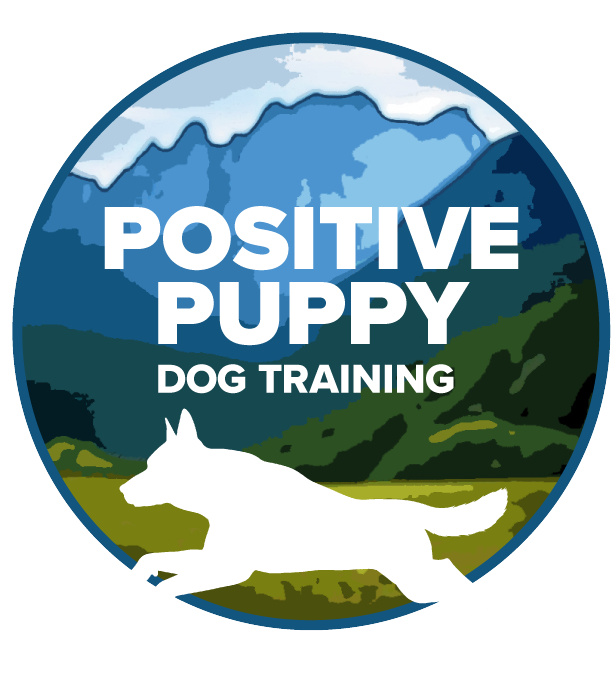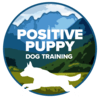Do You Handle A Leash Correctly?
There is a false feeling that dogs off leash are safer than a dog on leash when other dogs approach. What the real issue is, is that most people do not handle a leash correctly. In fact, the appropriate handling of the leash is imperative to helping a dog stay safe.
There are many components to safe leash handling, but for this discussion I am going to focus on approaching off leash dogs. If we own a dog that reacts strongly to other dogs, our first instinct is to pull our dog closer. When doing so, it just so happens that most of the time, we pull upwards. As this happens, it forces the dog’s head upward and exposes the chest, especially if we have a harness on the dog. In dog language, a head moving upward and a chest out is a sign of challenge, even if our dog is trying to tell the other dog to go away out of fearful reactive feelings. The approaching dog, depending on who he is may feel threatened or challenged. Now we have set the stage for a confrontation, maybe one that is very aggressive and hostile when that is not our intension or our dog’s intention. This brings us to the false belief that off leash meetings are better.
When we produce off leash greetings, it can leave our reactive, fearful dog without a “leader” and set the stage for an even stronger reaction, and one we cannot control because now we have no way to stop it without a leash.
The proper way to handle the leash becomes a whole new lesson for we dog owners who want our dogs to just love every dog they meet. Part of this entire equation is that we must accept that not all dogs like other dogs. Just like we humans, we don’t like every human we meet. Some of us are even rather recluse. Some dogs are the same way.
Proper leash handling begins with our attitude of acceptance of who our dog is. Then, it takes practice PRIOR to meeting dogs in public areas so your dog understands what a low, loose leash is and you are comfortable in doing this in a moment of confrontation and anxiety. Teaching a dog to walk on a loose leash and practicing our own skills takes time and should be done well before we expose our dog to any dog to dog experiences.
Teaching your dog a strong focus or watch command so she/he will pay attention to you even in the most distractive situations becomes another important skill and trust-building exercise. This helps let your dog know you are the leader and will protect him so he doesn’t have to worry or panic. If your dog turns away from an approaching dog to look at you, almost invariably it will stop any confrontation. This, however, is very difficult to do without a leash. The leash becomes your “connection” to your dog and can actually give your dog a sense of safety in contrast to being off leash where he has to rely on his own and sometimes inappropriate dog greeting skills.
If your dog is good with other dogs, you need to be respectful that some dogs are not and ask if your dog may approach. Letting your dog run up to another dog without permission is not only irresponsible dog ownership, but increases the likelihood that your dog will eventually be attacked by another dog that is afraid.
Learn how to use a leash properly and please, PLEASE learn to respect those whose dogs are trying to enjoy the outdoors in a safe manner.
Caption: Cloud learns at an early age in a large group of other dogs, to look at me, not the other dogs. Notice he is on a long line with no pressure on his leash, but he is safe in my control.

